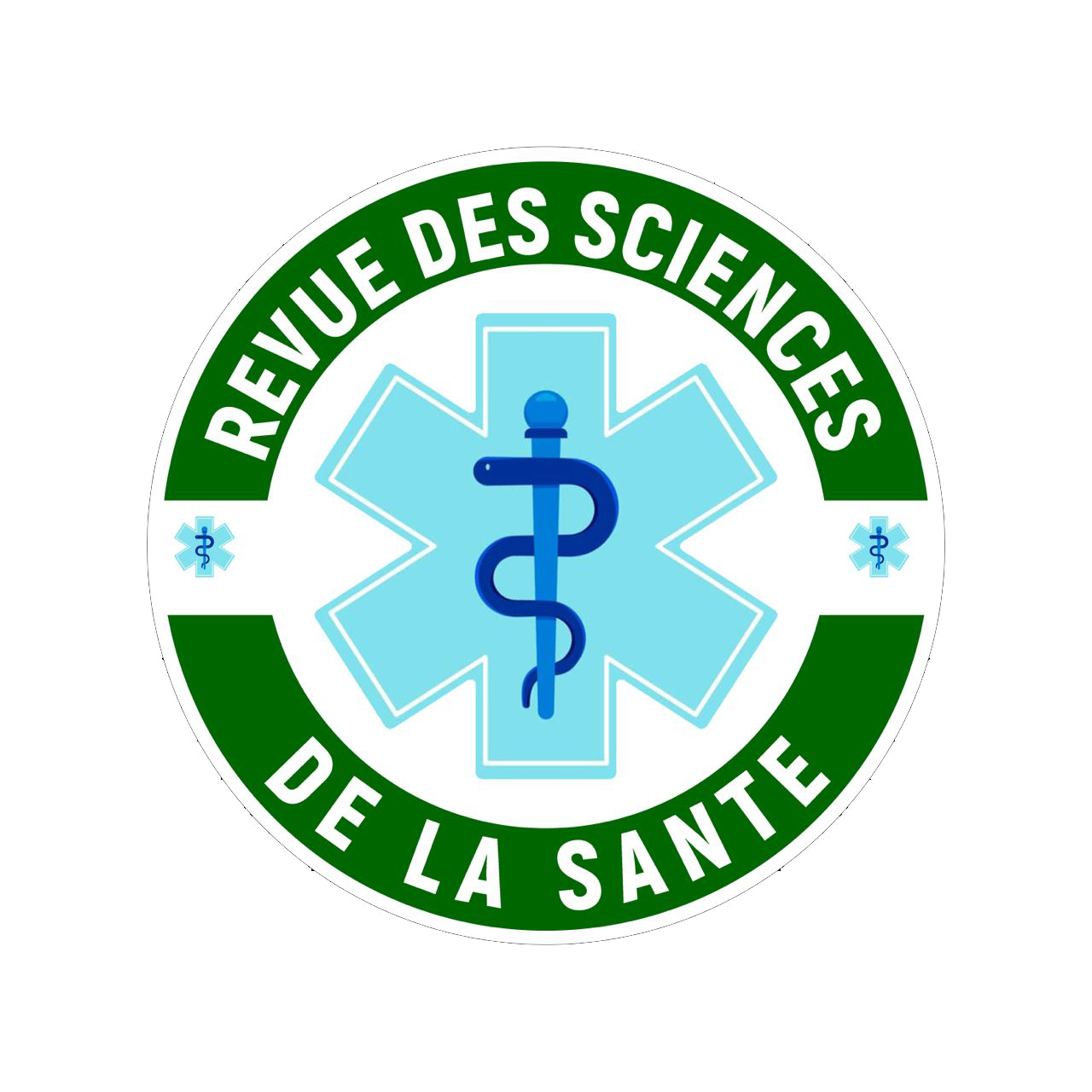Abstract
Problem statement: To evaluate the effects of the methanolic extract of the M. vulgares (traditionally used antidiabetic, antihypertensive and some diseases) in male Wistar rats. Approach: The animals were divided into 4 groups (n = 6). Methanolic extract of M. vulgare was administered in graded doses of 50, 100 and 200 mg/kg body weight of experimental animals for 21days. Blood samples were collected by cardiac puncture. The serum harvested was analyzed for some biochemical parameters, using assay kits. Results: There were no significant changes (p>0.05) in the levels of cholesterol, bilirubin, glucose, protein, urea, alkaline phosphatase and aspartate transaminase (AST), alanine transaminase (ALT). Activities of the groups of rats given 100 and 200 mg/kg body weight extracts (16.44 and 14.94 U/ L respectively) showed significant decreases (p<0.05) when compared with the control (25.36 U/L) and the group fed 50 mg/kg body weight of extract (17.2U/L). Computed ALT/AST showed decreases in the test groups (0.84-0.87) when compared with the control (1.06).
References
Roman RR, Aharcon AF, Lara LA, Flores SJL. 1992. Hypoglycemic effect of plants used in Mexico as antidiabetics. Arch. Med. Res., 23(1): 59-64.
Novaes A.P, Rossi C, Poffo C, Pretti Júnior E, Oliveira A.E, Schlemper V, Niero R, Cechinel-Filho V, Bürger C. 2001. Preliminary evaluation of the hypoglycemic effect of some Brazilian medicinal plants, Therapie, 56, 427–430.
El-Bardai S, Morel N, Wibo M, Fabre N, Liabres G, Lyoussi B, Quetin L. 2003.The vasorelaxant activity of marrubenol and marrubiin from Marrubium vulgare. Plant. Med. 69(1): 75-77.
El-Bardai S, Lyoussi B, Wibo M, Morel N. 2004. Comparative Study of the antihypertensive activity of Marrubium Vulgare and of the dihydropyridine calcium antagonist amlodipine in spontaneously hypertensive rat. Clin. Exp. Hyprtens. 26(6): 465-474.
Brand K, Zampirollo V, Schlemper V, Cechinel-Filho V, Knoss W. 1999. Analgesic effects of furanic labdane diterpenes from Marrubium vulgare, in: 2000 Years of Natural Products Research, Amesterdam.
DeSouza MM, DeJesus RAP, Cechinel-Filho V, Schlemper V. 1998. Analgesic profile of hydroalcoholic extract obtained from Marrubium vulgare. Phytomed. 5(2): 103-107.
Sahpaz S, Garbacki N, Tits M, Bailleul F. 2002. Isolation and pharmacological activity of phenylpropanoid esters from Marrubium vulgare. J. Ethnopharmacol. 79(3): 389-392.
De Jesus R.A.P, Cechinel-Filho V, Oliveira A.E, Schlemper V. 1999. Analysis of the antinociceptive properties of marrubiin isolated fromMarrubium vulgare, Phytomedicine. 7, 111–115.
Schlemper V, Ribas A, Nicolau M, Cechinel-Filho V. 1996. Antispasmodic effects of hydroalcoholic extract of Marrubium vulgare on isolated tissues, Phytomedicine. 3, 211–216.
Weel KCG, Venskutonis PR, Pukalskas A, Gruzdiene D, Linssen JPH. 1999. Antioxidant activity of horehound (Marrubium vulgare) grown in Lithuania. Fett/Lipid. 101(10): 395-400.
Stulzer HK, Tagliari MP, Zampirolo JA, Cechinel-Filho V, Schlemper V. 2006. Antioedematogenic effect of marrubiin obtained from Marrubium vulgare. J. Ethnopharmacol. 108(3): 379-392.
Eteng, M.U., P.E. Ebong, R.R. Ettarh and I.B. Umoh, 1998. Aminotransferase activity in serum, liver and heart tissue of rats exposed to threobromine. Indian J. Pharmacol., 30: 339-342.
Vasudevan, D.M. and S. Sreekumari, 2005. Textbook of Biochemistry (For Medical Students). 4th Edn., Jaypee Brothers Medical Publishers (P) Ltd., New Delhi, India, pp: 502-503.

This work is licensed under a Creative Commons Attribution-ShareAlike 4.0 International License.

